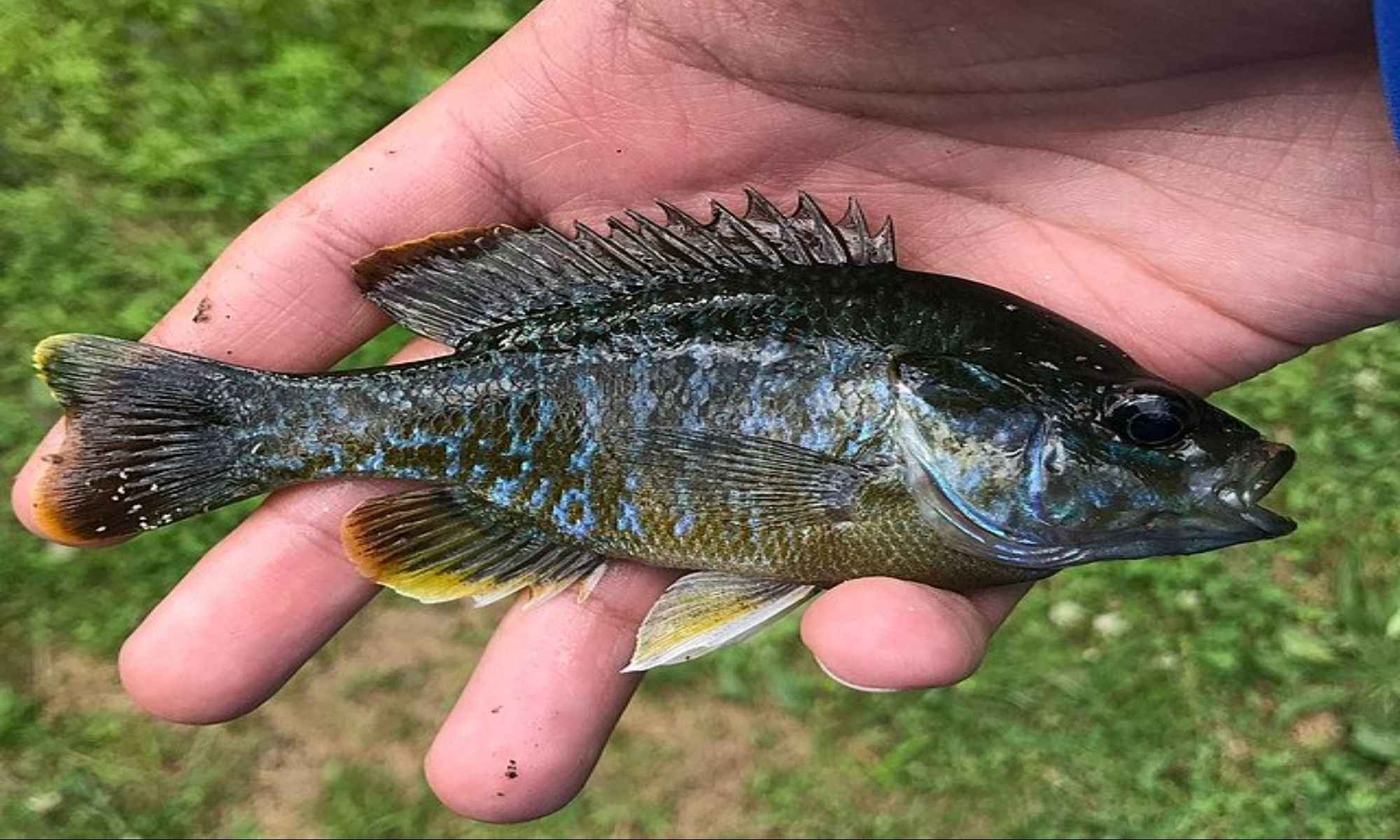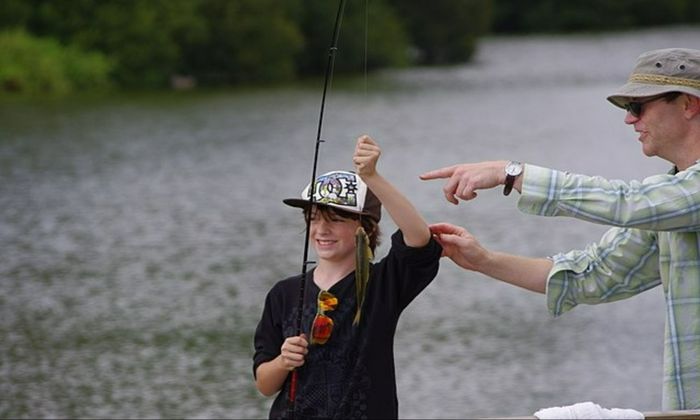How to Catch Loads of Bluegill
Knowing the different techniques and tricks when bluegill fishing will have anglers hooking plenty of game.

Bluegill is one of the most well-known freshwater pan-fish varieties in North America. A panfish (also spelled as panfish or pan-fish) is an edible game fish, usually just about the size of a frying pan, hence the name. They are known to anglers by other names such as sunfish, bream, sunny, perch, or copper nose. Their appearance varies with age, size, sex, water quality, and diet. Bluegill tends to have a long dorsal fin, a small mouth, and a somewhat V-shaped tail.

Because they are easier to catch, bluegill is the go-to fish for beginner anglers, both kids and adults. These fish may be smaller than the average game fish, such as salmon, bass, or trout, but they are fun to catch. Knowing when and where to fish for bluegill is key to getting your fair share of that most sought-out fish in any season.
Where To Find Bluegill
These freshwater fish can be found in warm, quiet waters like small to medium-sized lakes, streams, ponds, rivers, lagoons, creeks, and reservoirs. Bluegill typically occurs almost anywhere in the United States, but most notably in the Rocky Mountains from the coasts of Virginia to Florida, northern Mexico, north to western Minnesota, west Texas, western New York, and the Chesapeake Bay.

They usually build their large nests on the firmest and flattest bottom of the water. These nests can be from four feet up to fifteen feet deep. Before and during spawning, bluegill usually stays in shallow places. However, they head out to deeper waters once spawning ends.
When To Catch Bluegill
Spring and summer are the best times to catch these fish. Springtime is spawning time for bluegill, which places them near shore. On the other hand, summertime is the feeding season, and these fish are typically near the water’s surface.
Bluegill are best caught in the early morning, between sunrise and mid-morning, and late in the afternoon, between mid-afternoon and late evening. This day's cooler water temperatures and lower lighting mean more bluegill to catch. They also feed on minnows and insects near the shore and the surface.
Tips For Catching Bluegill
1. Everything Should Be Small
A lot of anglers make the mistake of selecting big hooks and baits. Bluegill have small mouths, and you’ll have a better chance of catching them with small hooks and baits. You may also downsize your fishing line and rods. Like a 2-pound test fluorocarbon, an ultralight rod will fair well when luring bluegill to your bait since they won’t be able to see them, and you can cast your line even further away. Small jigs, micro crankbaits, small soft plastics, and small spinners are great lures to use.
Small, live baits like grasshoppers, worms, and fathead minnows are the best options for successful bluegill fishing. Although artificial baits work well, there’s nothing like live bait to catch their attention.
2. Slowly And Carefully
Whenever fishing for bluegill, always go to the water’s edge carefully. Fish can get frightened and swim off if you run on the water’s edge. Other fish may swim off as well because of the disturbance.

Bluegill are slow swimmers and ordinarily feed on slow-moving grasshoppers, worms, insects, minnows, and planktons. Slow lures have better chances of getting bitten by them.
3. Small Water Bodies
If you don’t have a boat and don’t know where to start fishing, docks, ponds, and lakes are great places to fish. You may also observe the water for signs of life, like fish and insect activity on the water surface, listening to bellowing frogs, and observing shorebirds like herons. The chances are great that bluegill fish are near where these animals are.
Some Techniques To Consider
Anglers can use a few techniques to ensure successful bluegill fishing. You may select one that you’ll enjoy and be confident in.
1. Fun With Fly Fishing
One of the most rewarding and exciting ways to catch bluegill is fly fishing. Artificial flies are attractive and irresistible lures for bluegill since they are part of their diet. Any fly pattern will work with these fish since they are not as fussy as trout.
2. Bottom's Up With Bottom Fishing
Bottom fishing involves casting your bait and letting it sink until it hits the bottom floor of the water. You may use a reel with a light line and an ultralight rod to cast your bait with minimal weight. Bluegill will usually bite your bait while it is sinking. This technique typically works during cold spells when bluegill are in deeper areas.
3. Bobbing With Bobber Fishing
Using a bobber and a worm is the most well-known technique applied when bluegill fishing. It works, but it is also very popular with kids. Hanging a bobber with a small bait about 1 to 3 feet deep in the water always does the trick since the bluegill won’t resist that tiny morsel of worm bait waiting for them.
4. Drift Away With Drift Fishing
Drifting across a lake in a boat with baits 10 to 15 feet below the water is an effective technique to catch bluegill during the late summer months. Drift fishing through a school of fish will likely earn you a sizable catch.
To Wrap Things Up
After getting everything ready and having all the equipment and gear you need, all that's left is to catch loads of bluegill and enjoy the fruits of your labor.
Bond with your family and friends and have the grandest time fishing bluegill. Bring snacks and loads of laughter, and enjoy! Learning to catch lots of bluegill fish is pretty easy, and anyone can master it, especially when you have some easy-to-follow tips and strategies. Practice always makes perfect, and before you know it, you’ll be a seasoned angler in no time!




